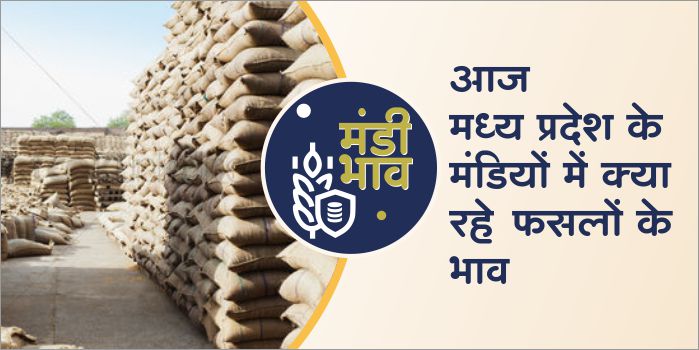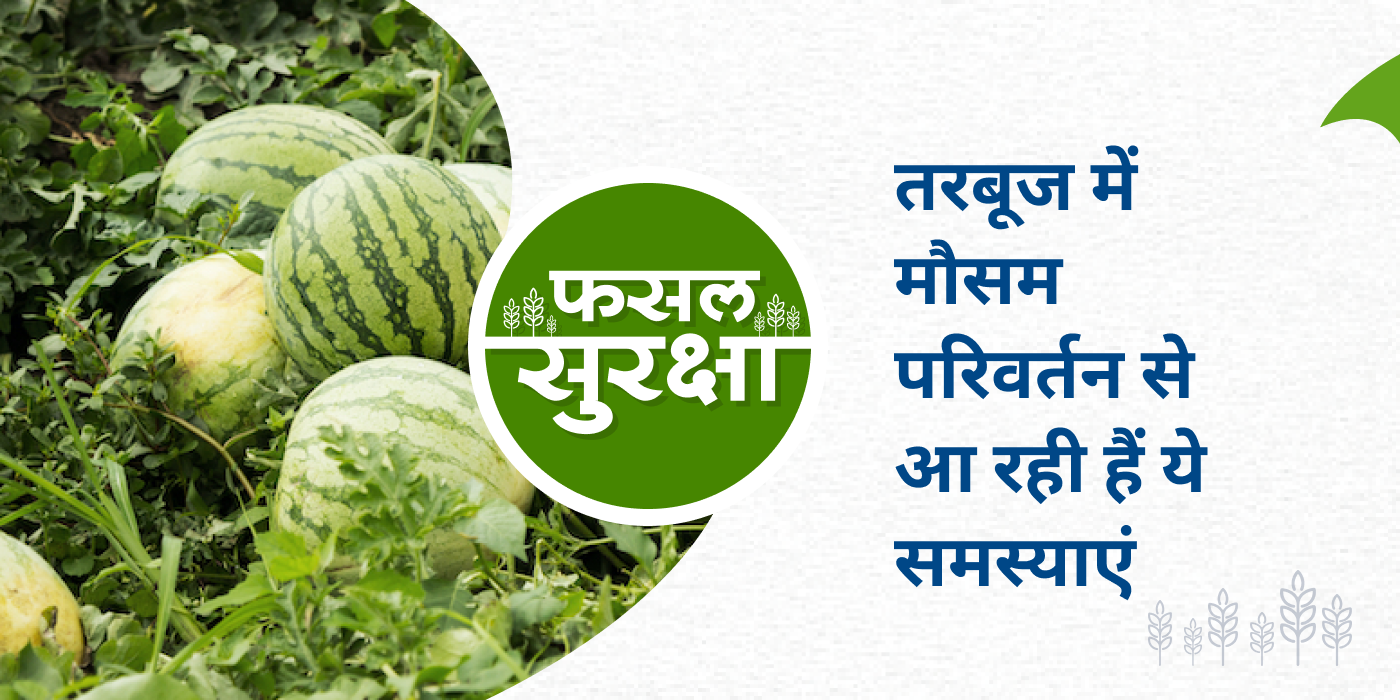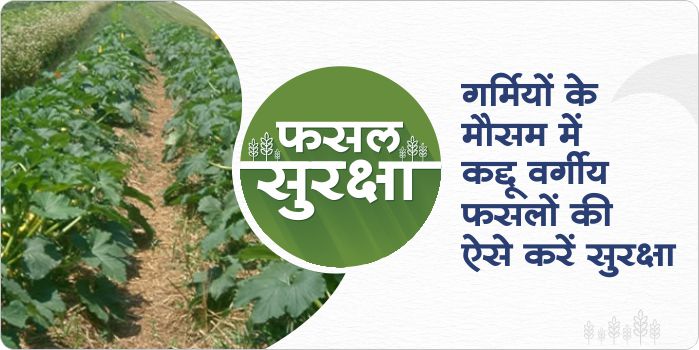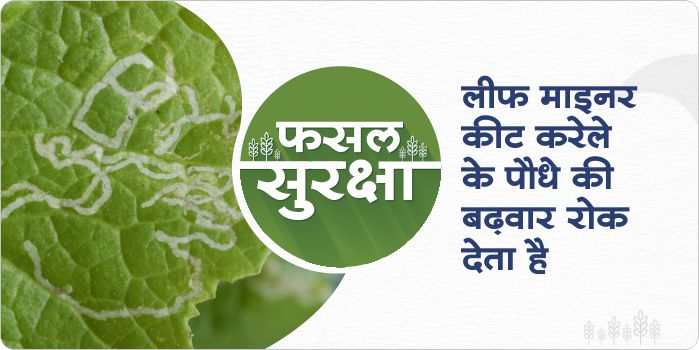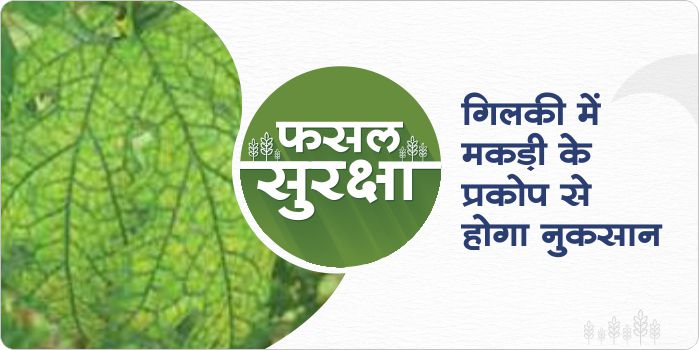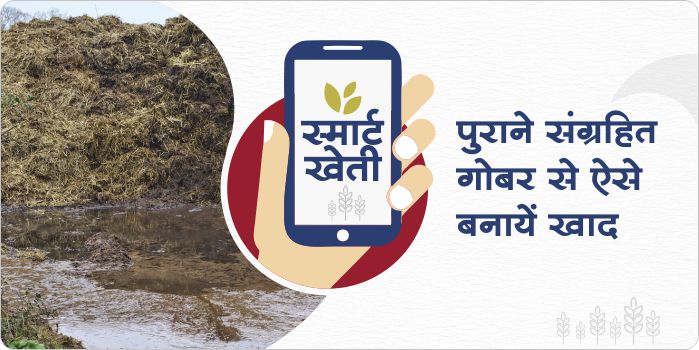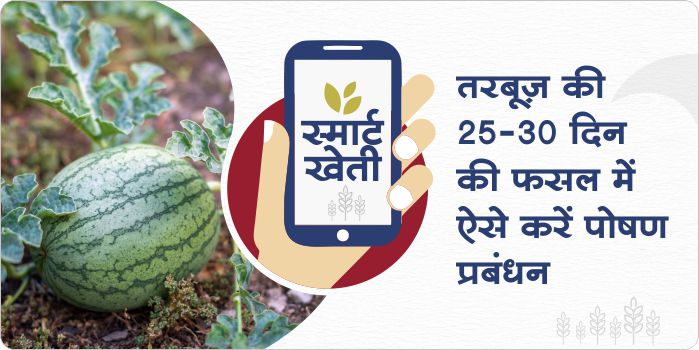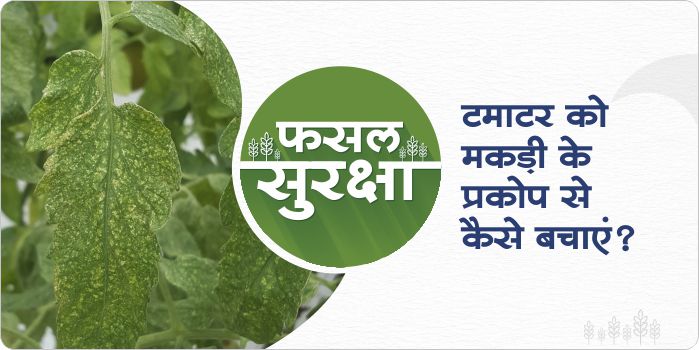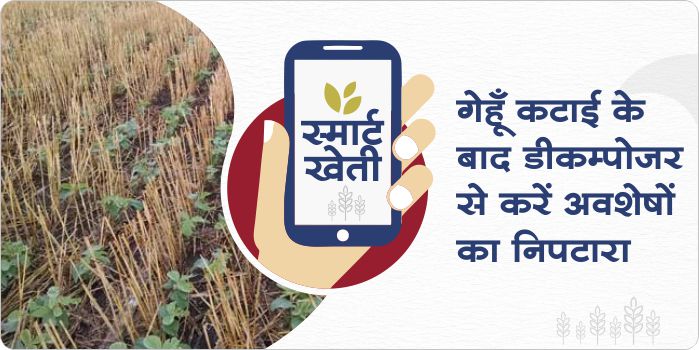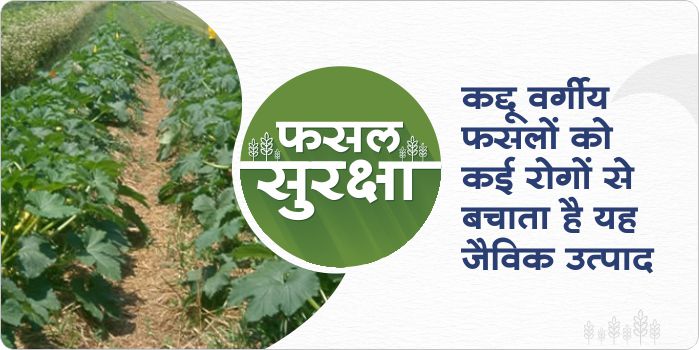- Watermelon crops start flowering in 25 to 30 days.
- In this stage, healthy and on time flower formation is very important. To avoid flower shedding and to promote flower growth, it is very important to manage nutrition during this stage.
- For this give 10:26:26 @ 100 kg/acre + MOP @ 25 kg/acre + Boron @ 800 gram/ acre + calcium nitrate @ 10 kg/acre from the soil.
- Thus by managing nutrition, NPK, boron, potash, and calcium nitrate can be easily replenished in watermelon crops.
Connect your field of watermelon to My Farm option of gramophone and keep on getting early information about diseases and pests outbreaks throughout the crop cycle. Share this article with your farmer friends with the share button given below.
Share

